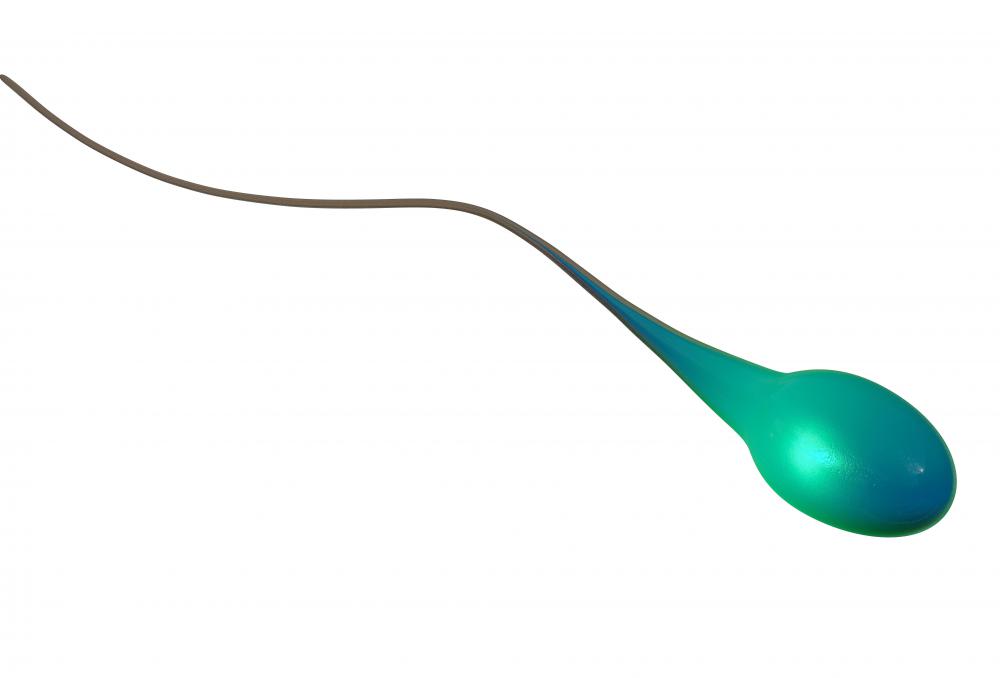At TheHealthBoard, we're committed to delivering accurate, trustworthy information. Our expert-authored content is rigorously fact-checked and sourced from credible authorities. Discover how we uphold the highest standards in providing you with reliable knowledge.
What are the Different Types of Vasectomy Procedures?
There are four major kinds of vasectomy procedures. A traditional vasectomy involves doctors making an incision on the scrotum, allowing access to the vas deferens, which will then be cut. Patients can also choose to undergo a no-scalpel vasectomy, in which the vas deferens is reached via a small hole created on the scrotum. Clip vasectomies, on the other hand, involve using small clamps to block the vas deferens rather than severe it. Emerging among the types of vasectomies is laser vasectomy, in which the vas deferens is cut and cauterized with a surgical laser.
Traditional vasectomies begin by anesthetizing the scrotum. Once the patient assures a lack of sensation in the affected area, a vasectomy doctor uses a scalpel to make a small incision in the scrotum. One of the two vas deferentia, the small tubes responsible for transferring sperm for ejaculation, is carefully pulled through the incision and cut. At this point, the doctor can either seal the openings by tying them or by fascial interposition, in which a small layer of tissue known as the fascia is pulled over the open ends of the vas deferens. Once the openings are sealed, the vas deferens is carefully returned into the scrotum, and the procedure is repeated with the other tube.

Patients who aren't comfortable with traditional vasectomy procedures can choose to undergo a no-scalpel vasectomy. This minimally-invasive procedure begins with the doctor gently feeling for the vas deferentia through the scrotum. Once located, he carefully pricks a small hole into the scrotum using a hemostat. The tubes are accessed through the hole, and the operation continues as most other vasectomy methods.

Individuals who would rather not have their vas deferentia cut, as in most vasectomy procedures, can opt for a clip vasectomy. In this type of procedure, the vas deferentia are blocked with small titanium clips instead of being severed. The clips are generally unnoticeable and allow for easier reversal should the patient change his mind about the vasectomy.

Continued research in technologies adds to the types of vasectomy procedures available to men. Chief among these is laser vasectomy, which utilizes surgical lasers to cut through the vas deferentia and immediately cauterize the openings. This method is generally faster than other vasectomy procedures, as the sealing process involves less work. There is no guarantee, however, that this or any of the other major vasectomy procedures will be 100-percent effective in sterilizing the patient.
AS FEATURED ON:
AS FEATURED ON:

















Discussion Comments
@starrynight - It does seem unfair that sterilization procedures are so much more invasive for women than men. Just biology, I guess!
I think the vasectomy with the clips sounds like a good option for a younger man. I know some people get these procedures done and then change their minds about it. At least the clip option is easily reversible.
I didn't realize there were so many different types of vasectomy procedures! I think it's cool they invented one that is so minimally invasive.
I know most men think vasectomies are scary procedures, but they sound way easier than a woman getting her tubes tied. Tubal ligation is a major surgery while most vasectomies are outpatient procedures!
Post your comments